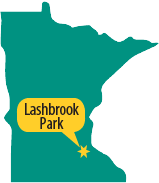Mission
Preserve, maintain, and enhance Lashbrook Park as a natural, passive park for all people in all seasons to enjoy nature and refresh their souls.
Friends Since
2009


Preserve, maintain, and enhance Lashbrook Park as a natural, passive park for all people in all seasons to enjoy nature and refresh their souls.
2009